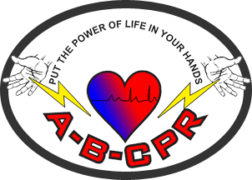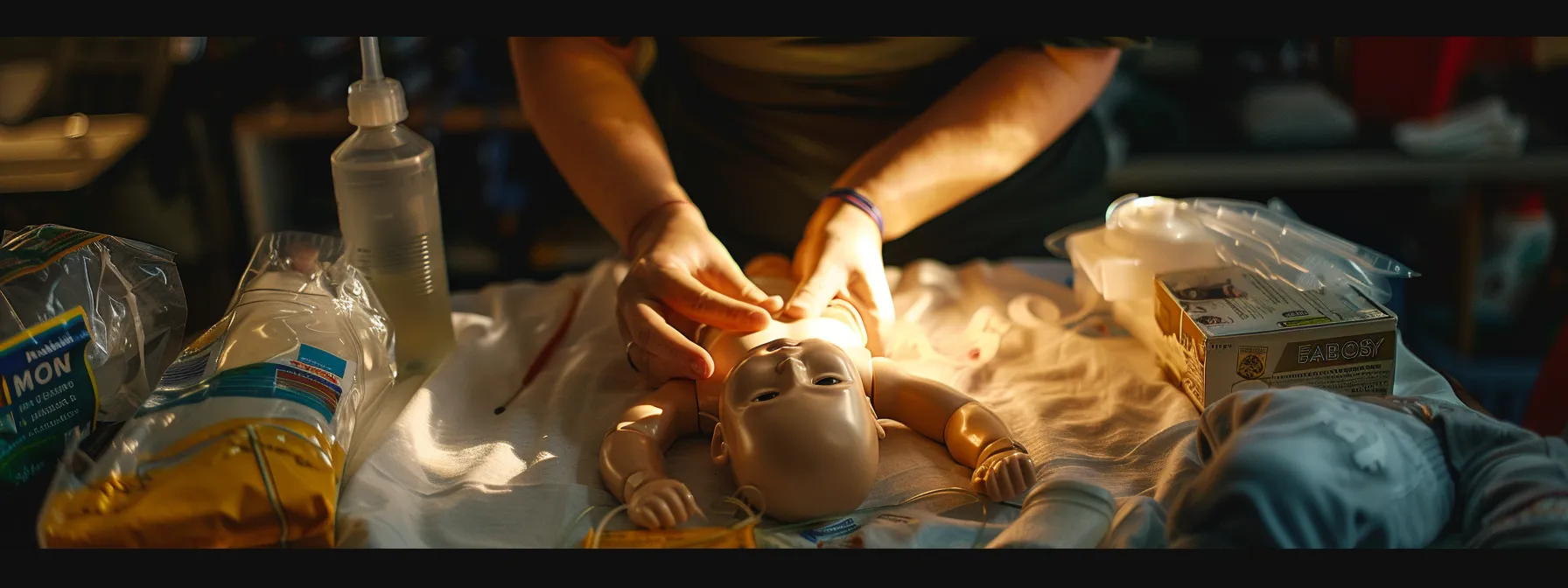Did you know that learning infant CPR can be a lifesaving skill? This guide will provide essential information on recognizing when an infant needs CPR, performing it safely step-by-step, and avoiding common mistakes. With the right training, such as A-B-CPR’s comprehensive infant CPR classes in San Diego, you can gain confidence and expertise to respond effectively in emergencies. Sign up today to learn these critical skills and ensure you’re prepared toprotect the ones you love.
Understanding the Importance of Infant CPR Training
Why Infant CPR Skills Are Essential for Caregivers
Infant CPR equips caregivers with the skills to handle life-threatening emergencies. Whether dealing with choking, respiratory distress, or sudden cardiac arrest, these techniques are vital for saving lives. As a caregiver, mastering CPR not only prepares you for emergencies but also builds a safer community by contributing to overall safety awareness.
Statistics Highlighting the Need for Infant CPR Knowledge
According to healthcare statistics, about 6 out of every 1,000 live births in the U.S. require advanced resuscitation measures. Such figures underline the importance of newborn CPR training for caregivers and healthcare professionals. By learning these lifesaving techniques, you can significantly improve survival rates and outcomes for infants during critical emergencies.
Recognizing When an Infant Needs CPR
Signs of Infant Cardiac Arrest
Key indicators of infant cardiac arrest include unresponsiveness, lack of breathing, or only gasping sounds. Immediate action is crucial. Understanding these signs can help caregivers act promptly to reduce the risks of brain damage or fatal outcomes.
Common Causes of Breathing Difficulties in Infants
Breathing issues in infants can stem from choking, allergic reactions, drowning, or respiratory infections. Recognizing these causes enables caregivers to act swiftly. Training in pediatric CPR and first aid prepares you to address these situations effectively, preventing escalation.
Preparing to Perform Infant CPR Safely
Essential Materials for Infant CPR
Before beginning CPR, gather necessary materials such as a flat, clean surface, disposable gloves, and a barrier device for rescue breaths. A-B-CPR’s training programs provide hands-on sessions to familiarize you with using these tools during emergencies.
Ensuring a Safe Environment for Resuscitation
Before initiating CPR, check for potential hazards like sharp objects, fire risks, or unstable surfaces. Ensuring a secure environment minimizes distractions and injuries, allowing for a more focused response.
Step-by-Step Guide to Infant CPR Techniques
Checking Responsiveness and Breathing
Gently tap the infant’s foot or rub their chest to check for a response. If there is no reaction, assess breathing by watching for chest movement. Immediate action ensures minimal oxygen deprivation, critical in infant CPR scenarios.
Performing Chest Compressions Correctly
Place two fingers on the infant’s breastbone below the nipple line. Compress the chest about 1.5 inches deep at a rate of 100–120 compressions per minute. Consistent, precise technique is vital for effective CPR.
Delivering Rescue Breaths to an Infant
Create a seal over the infant’s mouth and nose with your mouth. Blow gently for one second and watch for chest rise. If the chest does not rise, reposition the head and attempt another breath. Mastery of this technique is a cornerstone of successful resuscitation.
Repeating Cycles Until Help Arrives
Continue CPR cycles—30 compressions followed by two breaths—until professional medical assistance arrives or the infant shows signs of recovery. Persistence is key in such emergencies.
Common Mistakes to Avoid During Infant CPR
Applying Excessive Pressure
Infants are delicate, so apply only enough pressure to compress the chest appropriately. Using too much force can cause injury, emphasizing the importance of hands-on CPR training.
Delaying Emergency Services
Call 911 immediately before starting CPR. Professional assistance ensures the best chances of recovery, and delays can have serious consequences.
Shaking an Infant to Check Responsiveness
Avoid shaking an infant, as it can cause brain damage or other injuries. Instead, gently tap their foot or rub their chest to assess their condition.
Maintaining and Updating Your Infant CPR Skills
Enrolling in Regular CPR Refresher Courses
To keep your skills sharp, participate in refresher courses every two years. A-B-CPR offers convenient refresher courses in San Diego to ensure you stay prepared.
Practicing Techniques With Certified Instructors
Working with certified instructors ensures correct form and technique. Their feedback can help refine your skills, boosting confidence during real emergencies.
Staying Informed About the Latest Guidelines
Stay updated with the latest CPR recommendations from the American Heart Association. Regularly reviewing guidelines ensures your knowledge aligns with the best practices.
Conclusion
Infant CPR training is more than just a skill—it’s a critical tool that can save lives. By learning how to recognize emergencies, perform CPR correctly, and avoid common mistakes, you can make a profound impact in life-threatening situations. With the expert training offered by A-B-CPR in San Diego, you’ll feel empowered and ready to act when it matters most.
Don’t wait until an emergency strikes. Take the first step toward lifesaving readiness. Enroll in an A-B-CPR class in San Diego today!
FAQs
1. What is the correct compression depth for infant CPR?
Compress the chest about 1.5 inches deep using two fingers.
2. Can I learn infant CPR online?
Yes, many organizations offer online CPR courses, though hands-on practice is highly recommended.
3. How often should I update my CPR certification?
Every two years to ensure your skills and knowledge remain current.
4. Is rescue breathing necessary for infant CPR?
Yes, rescue breathing is essential as infants often experience respiratory-related emergencies.
5. Where can I find infant CPR classes near me?
Check with organizations like the AHA, or local providers such as A-B-CPR in San Diego for certified training.


